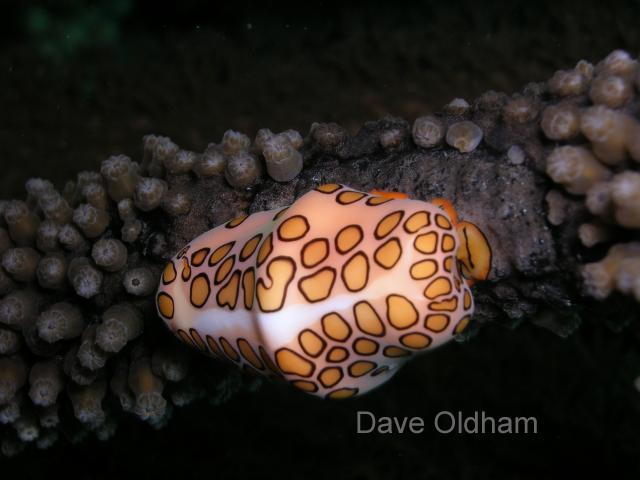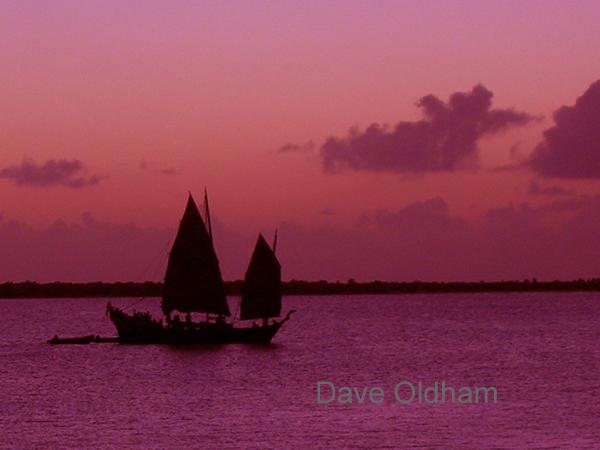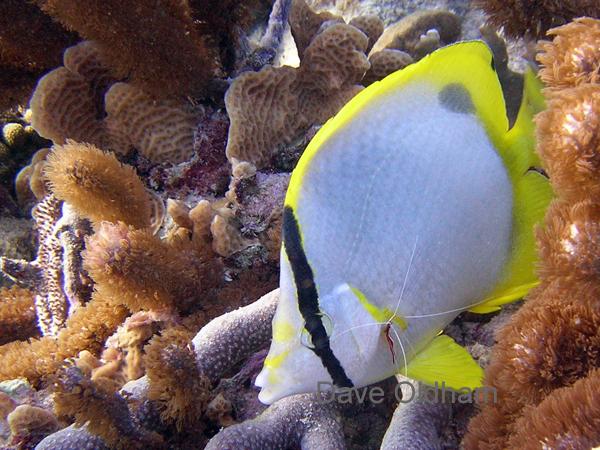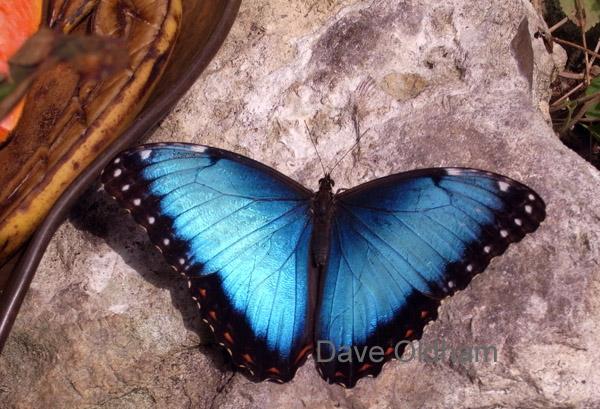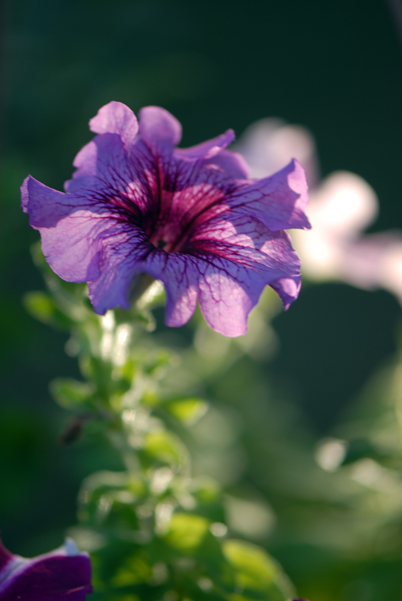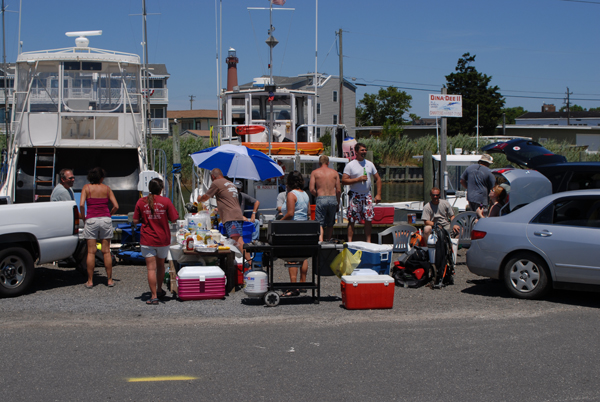After a few weekends of being snowed in, I had the opportunity to work through my piles of photos and relate some memories (and pictures) of past trips.Val and I visited Bonaire on two separate trips. I’ve attached some shots of resort (Buddy Dive), and added a new gallery.
For those of you unfamiliar with Bonaire, it is 50 miles north of South America (Venezuela to be exact). The island part of the Nether Antilles. This location of the Caribbean is constantly swept by easterly trade winds. The east side of the island is subject to rough waves and the shoreline is rocky. The western side of the island is protected in the lea. Here is some of the best diving of the Caribbean.
The shore diving really is about as easy as it gets. The dock at Buddy Dive is only a few feet from the dive shop, and the reef is only a few fin strokes away. I spent the first day draining bouncy castle for sale tank after tank poking around the reef. I was working with a new still camera, and practicing with the video housing. Surface intervals were only a quick stop for fresh tanks, batteries, or tape. The top of the reef is about 20 ft deep An Al 80 lasts quite a while at this depth, and decompression is impossible, especially on Nitrox. After 6 tanks, my wife dragged me out of the water for dinner.
The next day we got a map of the island and headed out in our pickup truck (provided with the suite). The west side of the island is rimed with a seemingly continuous reef. In some places it is a double reef with sand in between. On the shore, there are areas where you can park a your truck, gear up, and make an entrance. Some areas have docks and with ladders to facilitate access. These entrance sites have names, which are both on the map, and written on yellow stones along the side of the road.
Our package included boat a few boat dives. These were mostly spent visiting Kline Bonaire. This is an uninhabited island to the west of Bonaire, also protected from the trade winds. Many of these dives were deeper as the slope to Kline was much steeper.
Many sections of the reef hold different microcosm and wild life. There are many web sites describing, so I’ll just point out some of the highlights. The Hilma Hooker is a shipwreck in the sand between a double reef. It’s a nice dive, and if you’re one of the first there, you will find a few large Tarpon hiding in the holds.
Salt Pier is where the dried sea salt is loaded onto ships. The structure of the pier seems to attract schools of fish, and event the shallows are full of life.
Fish to look for:
Eels: this is the one of the first times I’ve seen eels out hunting during the day.
Frog Fish: Another first for me. They are hard to spot, as their camouflage is nearly perfect.
Tarpon: They are huge, and will follow you on a night dive.
Sea horses: Ask your Dive Master where to find them.
School of fish: There are so many fish, that sometimes you feel like one of the crowd
Spotted Eagle Rays: These majestic rays swim effortless and leave you breathless if you try to follow.
Dolphins: I’m not sure how often these appear, but on one day we got snorkel with them on the surface interval.
